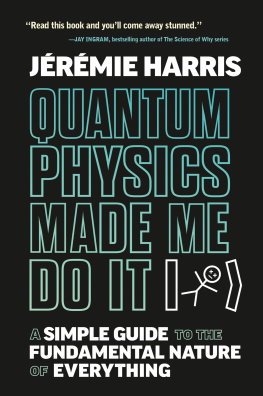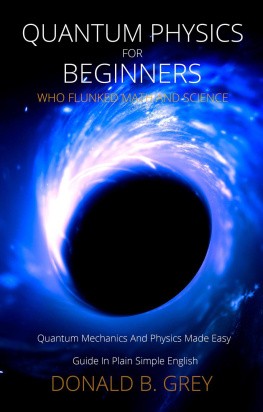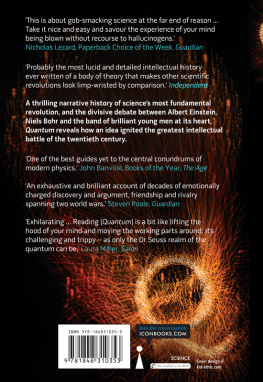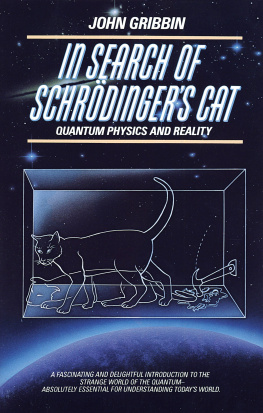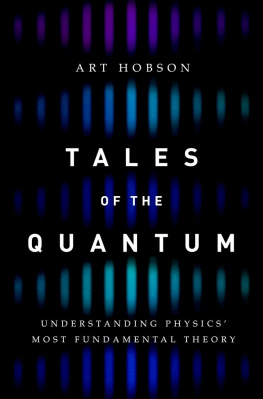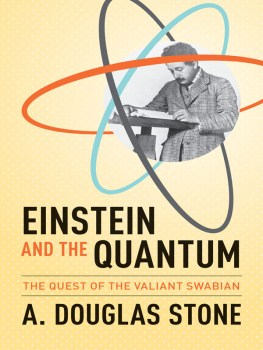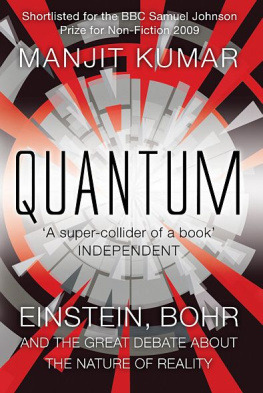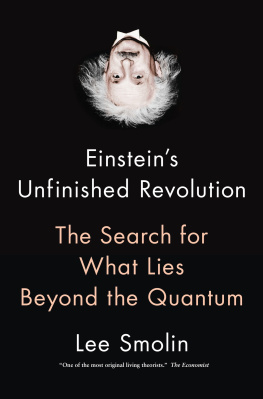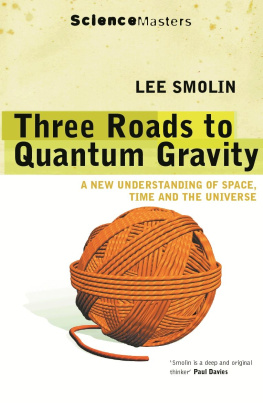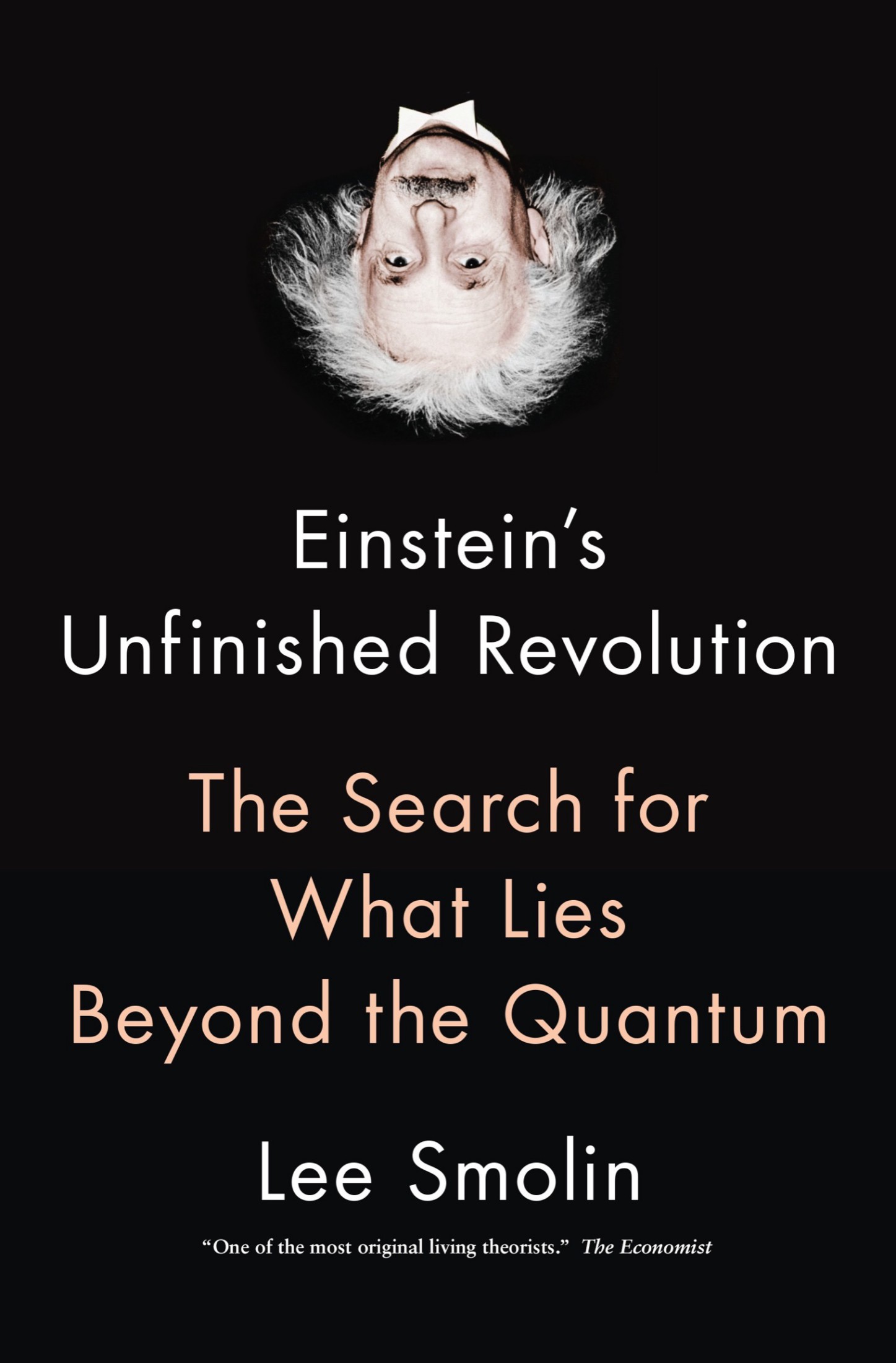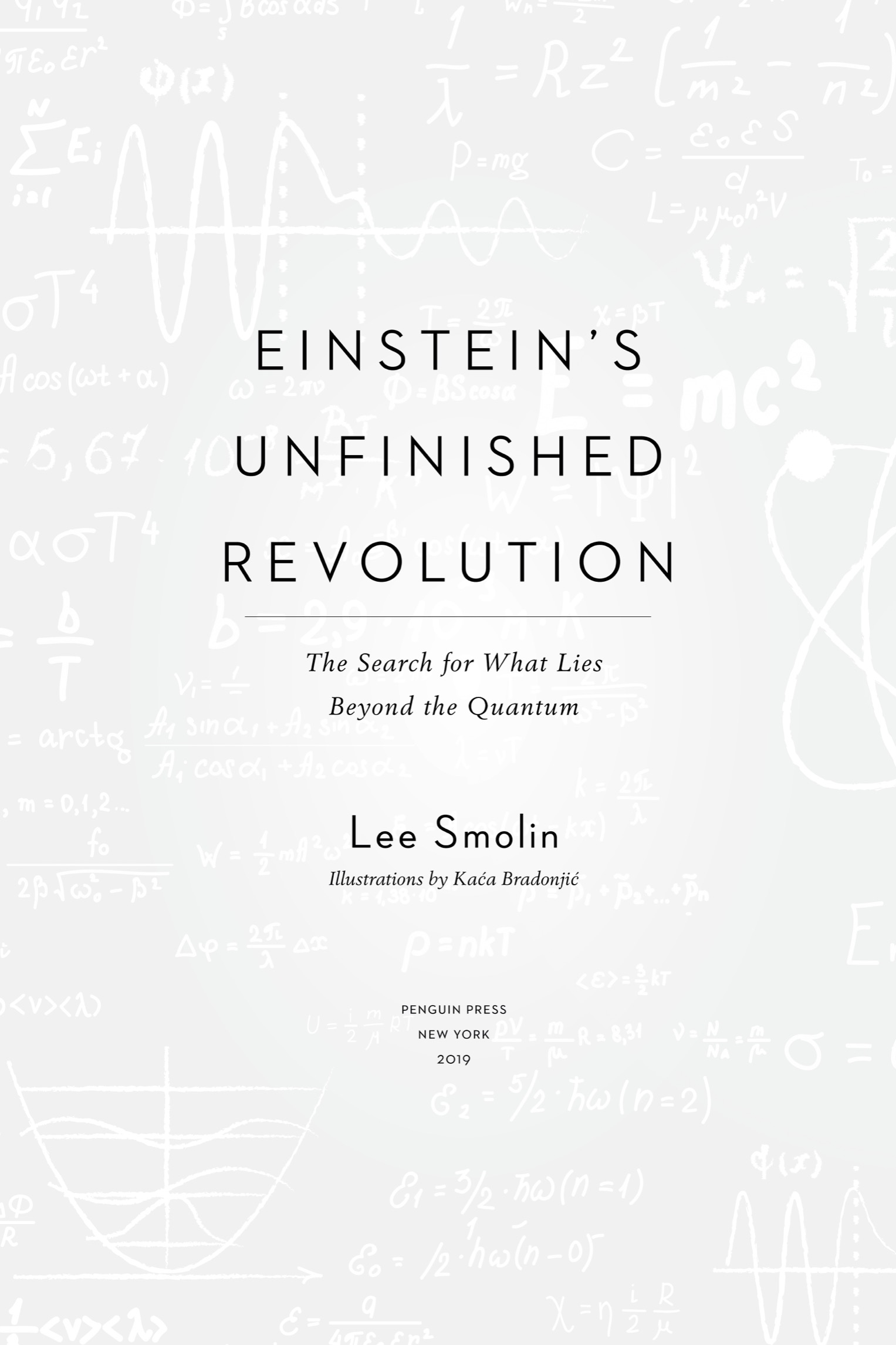Penguin supports copyright. Copyright fuels creativity, encourages diverse voices, promotes free speech, and creates a vibrant culture. Thank you for buying an authorized edition of this book and for complying with copyright laws by not reproducing, scanning, or distributing any part of it in any form without permission. You are supporting writers and allowing Penguin to continue to publish books for every reader.
Names: Smolin, Lee, 1955- author. | Bradonjic, Kaca, illustrator.
Title: Einsteins unfinished revolution : the search for what lies beyond the quantum / Lee Smolin ; illustrations by Kaca Bradonjic.
Description: New York : Penguin Press, 2019. | Includes bibliographical references and index.
Identifiers: LCCN 2018045679 (print) | LCCN 2018060769 (ebook) | ISBN 9780698169135 (ebook) | ISBN 9781594206191 (hardcover)
Subjects: LCSH: Quantum theory. | Physics--Research.
Classification: LCC QC174.13 (ebook) | LCC QC174.13 .S6545 2019 (print) | DDC 530.12--dc23
All a musician can do is to get closer to the sources of nature, and so feel that he is in communion with the natural laws.
I can safely say that nobody understands quantum mechanics.
Preface
We human beings have always had a problem with the boundary between reality and fantasy. To explain the world to ourselves we make up stories and then, because we are good storytellers, we get infatuated by them and confuse our representations of the world with the world itself. This confusion afflicts scientists as much as laypeople; indeed, it affects us more, because we have such powerful stories in our tool kits.
As we go deeper into our understanding of the natural world, moving to smaller and more elementary phenomena, our successes impose barriers to further progress. To avoid getting stuck, we must balance our well-justified confidence in the power of established knowledge with an acute consciousness of just how hypothetical even our most successful hypotheses are. A hard lesson to learn is that our sensations are partly caused by reality, but are fully constructed by our brains to present the world to us in just the form we need to make our way in nature. Beyond those sensations, nature hovers, fundamentally mysterious and just at the edge of what we can know.
The most important features of nature, as we understand them now, were not perceived. The simplest general facts we know about the worldthat matter is made of atoms, for example, or that the Earth is a spherical shell of rock surrounding a molten core and enveloped within a thin atmosphere, which moves, suspended in a near vacuum, as it orbits a natural thermonuclear reactorthese plain facts we learn just out of our cribs are the result of centuries of intense effort by scholars and scientists. Each of these facts arose as an almost crazy idea in conflict with a much more obvious and reasonablebut wronghypothesis.
To have a scientific mind is to respect the consensus facts, which are the resolution of generations of dispute, while maintaining an open mind about the still unknown. It helps to have a humble sense of the essential mystery of the world, for the aspects that are known become even more mysterious when we examine them further. The more we know, the more curious it all is. There is not a thing in nature so ordinary that its contemplation cannot be a route to a wordless sense of wonder and gratitude just to be a part of it all.
This spring morning the air coming through the open window carries fresh smells from the gardenbut by what miracle does that happen? How are molecules wafted by a breeze turned by a nose into that happy scent? We see vivid colors, and we recall that there is a story about how different wavelengths of light excite different neurons. But how could the sensations of redness or blueness possibly be caused by different neurons being excited? What kinds of things are the sensations, the qualia, as the philosophers call them, of the different colors, or the different scents? In what way are scents different from colors, and why do they differ, if it is all electrical impulses in neurons? Who is the I that wakes and what is the universe that surrounds me when I open my eyes? The simplest facts about our existence and our relationship to the world are mysteries.
Let us tiptoe past the hard question of consciousness to simpler questions. As a scientist, I believe that is the best way to get somewhere. Lets start with one very basic question: What is matter? My son has left a rock on the table. I pick it up; its weight and shape fit comfortably in my handsurely an ancient feeling.
But what is a rock?
We know what the rock looks like, what it feels like. But these are at least as much about us as they are about the rock. Little in a rocks feel or appearance gives a hint as to what, essentially, constitutes the existencethe rocknessof a rock. We know most of the rock is empty space in which atoms are arranged. The solidity and hardness of the rock is a construction of our minds, which integrate perceptions on scales very coarse compared to the sizes of the atoms.
Matter comes in many forms, some of which, like the rock, like the organic material woven into our blankets, sheets, and clothes, we know must be complex. So lets consider first a simpler form of matter: the water in our glass. What is it?
To our eyes and to our touch, water appears to be smooth, continuous. Until relatively recently, a bit more than a century ago, physicists thought that matter was entirely continuous. Early in the twentieth century, Albert Einstein showed that was wrong and that water is made of myriad atoms. In water, these are organized into triplets, bound together into molecules, each consisting of two hydrogen and an oxygen.
Yes, but what is an atom? It took less than a decade after Einstein for it to be understood that each atom is like a tiny solar system, with a nucleus in the center in place of the Sun and the planets represented by electrons.
So far so good, but then what is an electron? We know that electrons come in discrete units, each one carrying a certain quantity of mass and charge. An electron can have a location in space. It can move: when we first look it is here; when we look again it is there.
Beyond those attributes it is not easy to give a picture of what an electron is. It will take much of this book.
The best understanding of what rocks are, what water is, what molecules and atoms and electrons are, is expressed by the branch of science called quantum physics. But, as it seems everyone knows by now, that is a realm full of paradox and mystery. Quantum physics describes a world in which nothing has a stable existence: an atom or an electron may be a wave or a particle, depending on how you look at it; cats are both alive and dead. This is great for popular culture, which has made quantum a buzzword for cool, geek mystification. But its terrible for those of us who want to understand the world we live in, for there seems to be no easy answer to the simple question, What is a rock?


